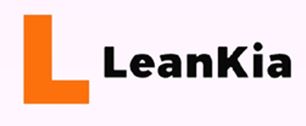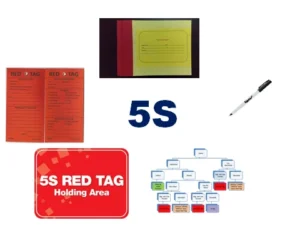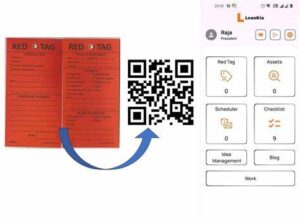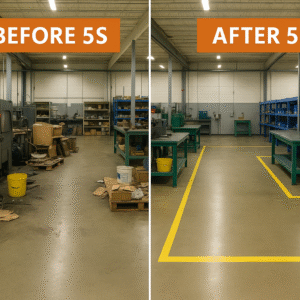How Red tag system help in organsing work place
Streamlining Your Workplace with the Red Tag System
In the quest for an efficient and organized workplace, many businesses are turning to effective visual management tools. One such tool gaining popularity is the Red Tag System. This method not only helps identify and eliminate unnecessary items but also fosters a culture of continuous improvement. Let’s explore how the Red Tag System can transform your workspace and enhance productivity.
What is the Red Tag System?
The Red Tag System is a simple yet powerful organizational method used primarily in Lean manufacturing and 5S practices. The core idea is to use red tags to mark items that are unnecessary or out of place within a workspace. This system facilitates a visual audit, allowing teams to assess what items are essential, which should be discarded, and what needs to be stored elsewhere.
Key Elements of the Red Tag System:
- Identification: Items that are deemed unnecessary or that do not belong in their current location are tagged with a red label.
- Evaluation: A team reviews the tagged items to determine their relevance, usefulness, and whether they should be kept, stored, or disposed of.
- Action: Decisions are made on the tagged items, leading to a more organized workspace.
Benefits of Implementing the Red Tag System
1. Enhanced Organization
The Red Tag System promotes a clutter-free environment. By identifying and removing unnecessary items, workplaces can become more organized, making it easier to find tools and materials when needed. This leads to more efficient workflows and reduced time wasted searching for items.
2. Increased Efficiency
With a well-organized workspace, employees can focus on their tasks without the distraction of clutter. This efficiency translates to higher productivity levels, allowing teams to complete projects faster and more effectively.
3. Improved Safety
A cluttered workspace can lead to safety hazards. By eliminating unnecessary items, the Red Tag System helps create a safer environment. Clear pathways and organized storage reduce the risk of accidents, enhancing overall workplace safety.
4. Promotes a Culture of Continuous Improvement
The Red Tag System encourages teams to regularly assess their work environment. This ongoing evaluation fosters a culture of continuous improvement, where employees are motivated to maintain organization and streamline processes. It empowers staff to take ownership of their workspace and contribute to overall operational excellence.
5. Visual Management
Using red tags creates a visual management tool that is easy to understand at a glance. Employees can quickly identify areas that need attention, making it simpler to maintain organization across the workplace.
Steps to Implement the Red Tag System
1. Plan the Process
Begin by planning the implementation of the Red Tag System. Set clear objectives, define the scope, and involve your team in the process.
2. Conduct a Workspace Audit
Walk through the workspace and identify items that are not essential. Tag these items with red labels, clearly indicating that they need to be evaluated.
3. Organize a Review Team
Form a team responsible for reviewing the tagged items. This team should consist of individuals familiar with the workspace and its functions.
4. Evaluate Tagged Items
Assess each tagged item to determine its relevance. Decide whether to keep, store, or dispose of each item based on its usefulness.
5. Implement Changes
Once evaluations are complete, take action on the decisions made. Remove unnecessary items from the workspace and ensure that remaining items are stored in designated areas.
6. Monitor and Maintain
Regularly review your workspace to ensure that organization is maintained. Encourage employees to use the Red Tag System as a continuous tool for improvement.
Conclusion
The Red Tag System is an effective way to enhance organization, efficiency, and safety in the workplace. By fostering a culture of continuous improvement and visual management, businesses can create a more productive environment for their teams. Implementing this system not only streamlines processes but also empowers employees to take ownership of their workspace. Embrace the Red Tag System today and watch your workplace transform into a more organized and efficient space.
















